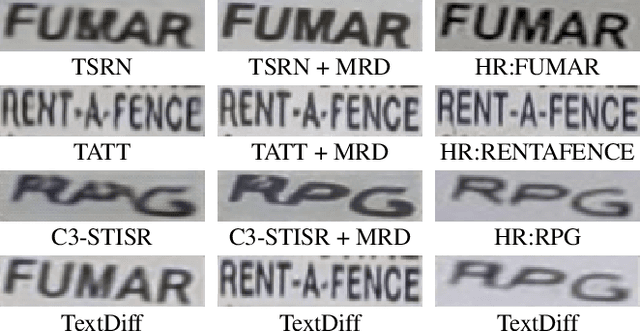Ziyi Song
WHALES: A Multi-agent Scheduling Dataset for Enhanced Cooperation in Autonomous Driving
Nov 20, 2024Abstract:Achieving high levels of safety and reliability in autonomous driving remains a critical challenge, especially due to occlusion and limited perception ranges in standalone systems. Cooperative perception among vehicles offers a promising solution, but existing research is hindered by datasets with a limited number of agents. Scaling up the number of cooperating agents is non-trivial and introduces significant computational and technical hurdles that have not been addressed in previous works. To bridge this gap, we present Wireless enHanced Autonomous vehicles with Large number of Engaged agentS (WHALES), a dataset generated using CARLA simulator that features an unprecedented average of 8.4 agents per driving sequence. In addition to providing the largest number of agents and viewpoints among autonomous driving datasets, WHALES records agent behaviors, enabling cooperation across multiple tasks. This expansion allows for new supporting tasks in cooperative perception. As a demonstration, we conduct experiments on agent scheduling task, where the ego agent selects one of multiple candidate agents to cooperate with, optimizing perception gains in autonomous driving. The WHALES dataset and codebase can be found at https://github.com/chensiweiTHU/WHALES.
TextDiff: Mask-Guided Residual Diffusion Models for Scene Text Image Super-Resolution
Aug 13, 2023



Abstract:The goal of scene text image super-resolution is to reconstruct high-resolution text-line images from unrecognizable low-resolution inputs. The existing methods relying on the optimization of pixel-level loss tend to yield text edges that exhibit a notable degree of blurring, thereby exerting a substantial impact on both the readability and recognizability of the text. To address these issues, we propose TextDiff, the first diffusion-based framework tailored for scene text image super-resolution. It contains two modules: the Text Enhancement Module (TEM) and the Mask-Guided Residual Diffusion Module (MRD). The TEM generates an initial deblurred text image and a mask that encodes the spatial location of the text. The MRD is responsible for effectively sharpening the text edge by modeling the residuals between the ground-truth images and the initial deblurred images. Extensive experiments demonstrate that our TextDiff achieves state-of-the-art (SOTA) performance on public benchmark datasets and can improve the readability of scene text images. Moreover, our proposed MRD module is plug-and-play that effectively sharpens the text edges produced by SOTA methods. This enhancement not only improves the readability and recognizability of the results generated by SOTA methods but also does not require any additional joint training. Available Codes:https://github.com/Lenubolim/TextDiff.
 Add to Chrome
Add to Chrome Add to Firefox
Add to Firefox Add to Edge
Add to Edge